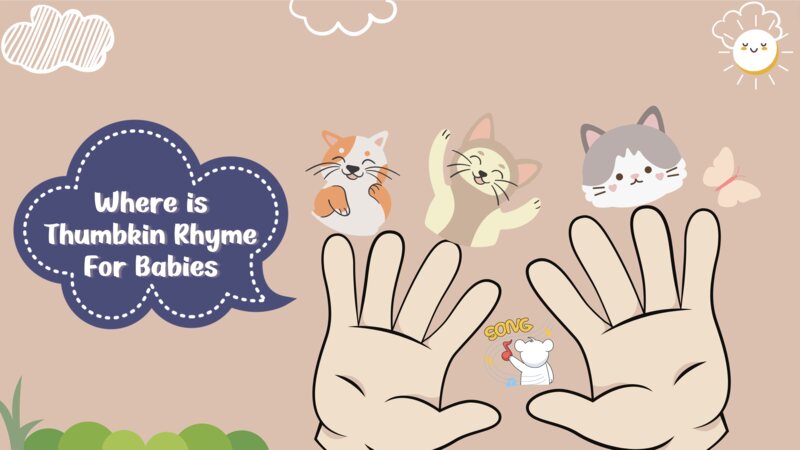 Where is thumbkin is a very famous rhyme that teaches babies about their fingers. Knowing the names of the fingers is very important. Babies and toddlers should not only learn the names of the fingers easily but should also recollect them easily like the way they can recollect which is their left or right hand.
Where is thumbkin is a very famous rhyme that teaches babies about their fingers. Knowing the names of the fingers is very important. Babies and toddlers should not only learn the names of the fingers easily but should also recollect them easily like the way they can recollect which is their left or right hand.
As your little bundle of joy starts growing up, you will notice how their own finger can keep them engrossed for a long time. With where is thumbkin rhyme, you can help your child learn about and get better control over their finger movements. Let’s see what skills this rhyme can develop in a child.
What Can Infants Learn From Where Is Thumbkin Rhyme?
Babies can learn to name their fingers with the help of this rhyme. Babies and toddlers can learn the names, single out the finger, and even bend them. The rhyme follows a very slow and melodious tune which many babies will like. This rhyme will also lay foundations to converse and answer questions with politeness and basic manners.
When Can Where Is Thumbkin Rhyme Be Introduced To Babies?
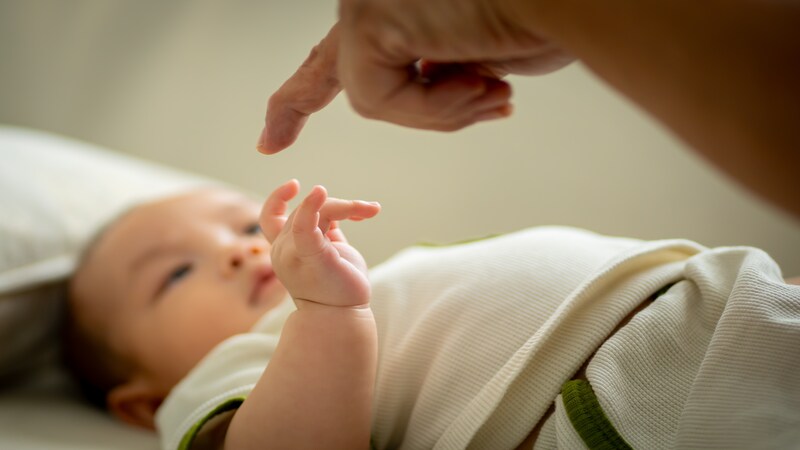
Babies cannot bend their fingers with intention when they are very young. But you can introduce this rhyme so that babies can pick up a few words, the melody and the intention of the rhyme. As your child turns three years old, they have better control over their fingers and will be able to learn, understand and act the rhyme well. They can see their fingers and bend the finger they want. Though they may not keep it bent for long, they can improve it with time.
Where Is Thumbkin Rhyme Lyrics
Here are the lyrics for this rhyme.
Where is Thumbkin?
Where is Thumbkin?
Here I am.
Here I am.
How are you today sir?
Very well I thank you.
Run away. Run away.
Where is Pointer? Where is Pointer?
Here I am.
Here I am.
How are you today sir?
Very well I thank you.
Run away. Run away.
Where is Middleman? Where is Middleman?
Here I am.
Here I am.
How are you today sir?
Very well I thank you.
Run away. Run away.
Where is Ringman? Where is Ringman?
Here I am.
Here I am.
How are you today sir?
Very well I thank you.
Run away. Run away.
Where is Pinky? Where is Pinky?
Here I am.
Here I am. How are you today sir?
Very well I thank you.
Run away. Run away.
Where’s the whole family? Where’s the whole family?
Here we are.
Here we are. How are you today sir?
Very well we thank you.
Run away. Run away.
Benefits Of Where Is Thumbkin Rhyme For Babies
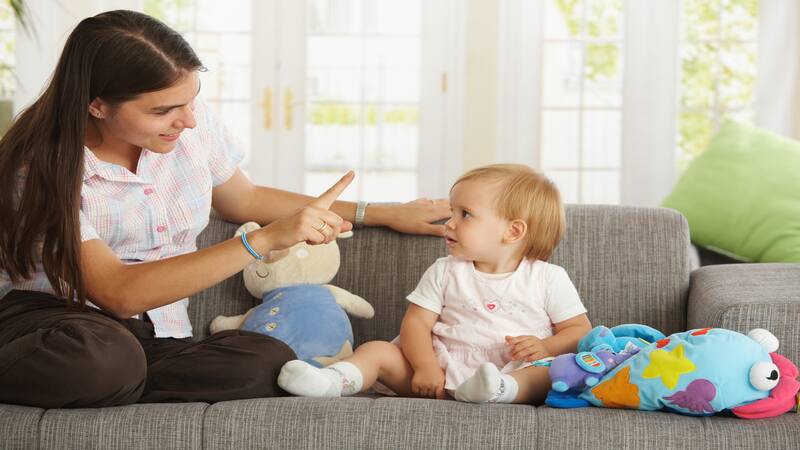
Learning Where is thumbkin rhyme helps your baby
1. Improve Fine Motor Skills
The rhyme requires babies to bend one finger after the other and hold it that way for a few seconds. The constant bending and flexing of the fingers can help develop their fine motor skills. Fine motor skills involve the use of small muscles in coordination with the brain. Developing this skill is very important to help babies use their fingers for various activities like eating, writing, and even picking up things.
2. Improve Coordination
The rhyme action requires the child to use the fingers on both hands. The child has to bend the same finger on both hands, which requires a lot of focus and coordination. Doing these actions repeatedly will help improve hand-eye coordination and improve the child’s focus. Many children will have to look at their fingers to bend the one they intend to.
3. Learn Finger Names
The rhyme names every finger. It starts with the thumb and goes on to the little finger. Knowing the names of the fingers is very important. Babies and toddlers can learn the names easily and also remember them without much difficulty as the rhyme follows a catchy tune.
4. Improve Conversation Skills
The rhyme follows a question-and-answer format. This is important for improving your child’s communication skills. The rhyme teaches them the concept of answering when someone questions them.
5. Teaches Politeness
Children learn to answer with politeness. Learning to speak politely is a very important step towards effective communication in children. The rhyme also teaches the child to say thank you, which is very important.
Words Babies Learn From Where Is Thumbkin Rhyme
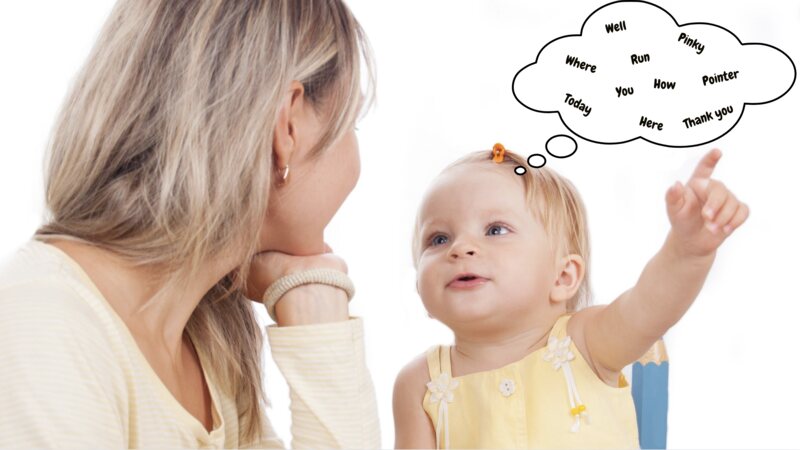
Your baby can learn the following words through this rhyme:
- Thank you
- Where
- Here
- How
- You
- Run
- Pointer
- Pinky
- Well
- Today
How Does Where Is Thumbkin Help With Fingerplay?
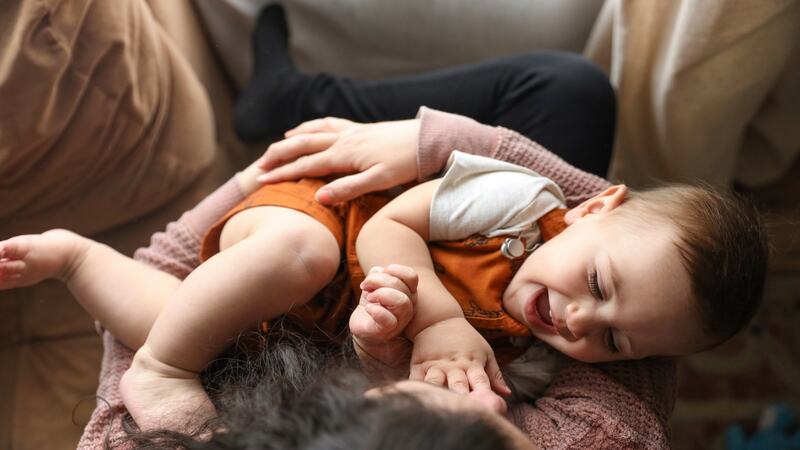
When your baby learns the song with the actions, they will use their fingers in many ways. for every finger name, they will have to point out that finger and keep the other fingers bent – on both hands. Flexing the same finger on both hands at the same time is a great opportunity for finger play. It will help them gain better control and improve the dexterity of their fingers.
Moral Of The Rhyme
The rhyme teaches children to be very polite and use magical words (thank you) when responding to others. It also teaches them to be considerate and enquire about others by asking them “how are you?”.
Where is thumbkin rhyme is simple with an easy-to-follow tune. Children will enjoy giving each finger a name, and pretending the fingers are talking. This is an effective rhyme all children will enjoy and learn from as well.
FAQs
1. How does “where is thumbkin” rhyme help with vocabulary?
The rhyme teaches the names of the fingers and also uses polite words to respond to questions. Children learn these new words, which in turn enrich their vocabulary.
2. Why are fine motor skills important for babies?
Fine motor skills help babies become independent. It will help them use their fingers to pick small items, hold a pencil, and their toys and even eat on their own.
3. What do children learn from the rhyme where is thumbkin?
Children learn the names of their fingers. They learn to bend and keep their fingers bent in coordination with the rhyme, which requires a lot of focus on the fingers.

